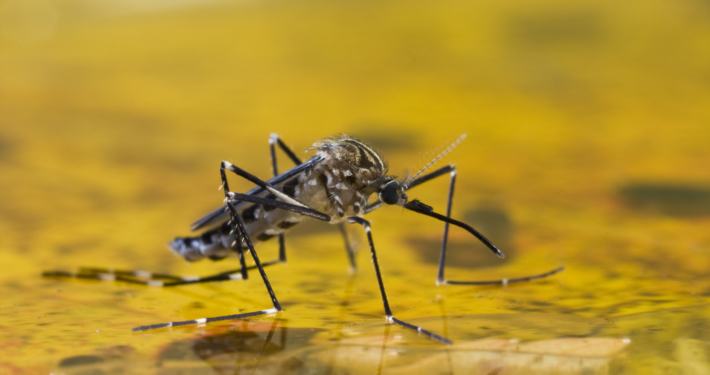The Reemergence of Malaria in Texas: Risks, Impacts, and Prevention
By: Richard Rich
The Centers for Disease Control and Prevention (CDC) has recently issued a warning to doctors across the country to be on the lookout for malaria, following the identification of locally acquired cases in both Texas and Florida. This marks the first time in nearly two decades that such cases have been reported within the United States1.
These cases are not believed to be linked, but all five individuals who contracted the disease had not recently traveled outside of the U.S. Four of these cases occurred in Florida’s Sarasota County, while the lone Texas case was reported in Cameron County, which lies along the state’s eastern border with Mexico, a region where malaria is endemic1.
The cases in Florida and Texas were caused by Plasmodium vivax, one of the two most common malaria parasites. P. vivax is primarily found in Asia and Latin America, and it’s one of the two species that can go dormant in the liver, leading to a chronic and relapsing disease that demands additional treatment1.
The last locally acquired malaria outbreak in the U.S. happened in 2003 when at least seven people in Palm Beach, Florida, fell ill from malaria with a P. vivax infection. The source of this infection wasn’t identified, but it was speculated to have originated from international travelers, immigrants, or migrant farm laborers from malaria-endemic regions such as Mexico or Central or South America1.
Despite these occasional cases, the CDC maintains that the overall threat of locally acquired malaria in the U.S. remains “extremely low.” Nevertheless, these incidents serve as a stark reminder that reemergence is possible and that vigilance is necessary. Factors such as global travel and climate change continue to create opportunities for malaria transmission to increase in endemic and controlled areas like the U.S., and even in places that have traditionally been malaria-free1.
As for prevention, it’s essential to focus on effective measures to reduce mosquito bites, which serve as the primary transmission method for malaria. Using insect repellent is a proven and recommended method to keep mosquitoes at bay. One such product is I.C. Insect Repellent Lotion, which contains IR3535, a synthetic amino acid that has been shown to repel a variety of insects, including mosquitoes.
IR3535 works by blocking the insect’s sense of smell, effectively preventing it from recognizing humans as a potential food source. This makes it a highly effective ingredient for insect repellents. Additionally, IR3535 is gentle on the skin, non-greasy, and odorless, making it an excellent choice for both adults and children. Importantly, it is also safe for the environment, as it is biodegradable and not harmful to aquatic life.
In conclusion, while the recent locally acquired cases of malaria in the U.S. are a reminder that the disease still poses a risk, the availability of effective preventive measures such as the use of IR3535-based insect repellents like I.C. Insect Repellent Lotion by R&R Lotion can help protect individuals from mosquito bites and consequently, from vector borne diseases. It is crucial to remain vigilant and continue to adopt these preventive measures, especially in areas where the risk of disease transmission is present.







